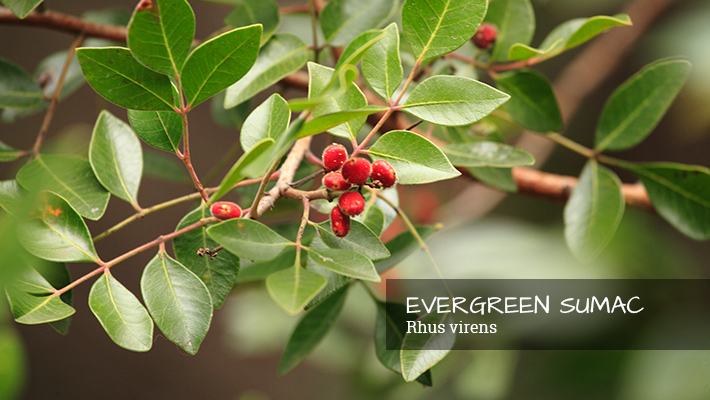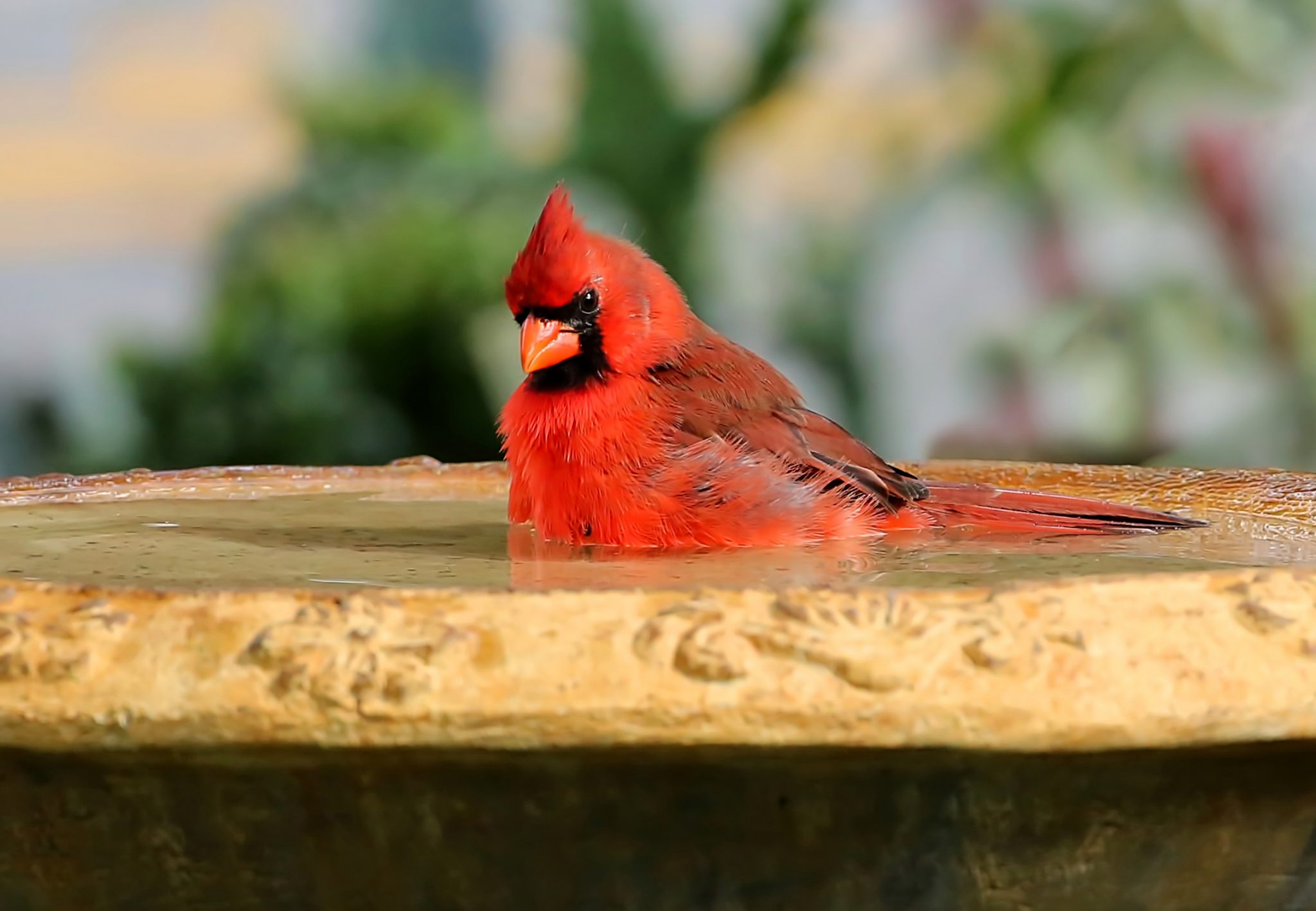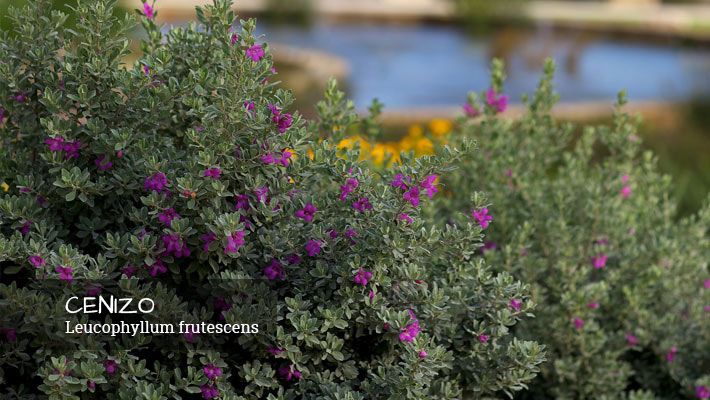Comfy, cozy surroundings aren’t just reserved for the inside of your home. Your landscape can become a Danish-inspired hygge haven for your wildlife friends with a few simple tweaks.
Snuggling into comfortable surroundings and relaxing with family is just what Scandinavians mean by hygge (pronounced hue-guh not hoo-gah) or the “art of coziness.”
But comfortable, soothing surroundings aren’t just reserved for the inside of your home — the wildlife that share your backyard appreciate a little hygge, too.
Transforming your landscape into a wildlife-friendly winter hygge haven is as simple as a little forethought.
Comfort Foods
Falling temperatures call for comfort foods and a little thoughtful planning can draw wildlife to your yard and nourish them through the biting winter weather. Plan for plant diversity. How many of these tempting treats does your landscape offer?
- Oaks, pecans and other nut trees. Mmm, acorns! These nutritious seeds contain fat and provide a high-energy source of food throughout the winter. You may be tempted to rake up and throw away acorns, pecans and other nuts, but restrain yourself and scatter them in non-slip-hazard areas.
- Fruits and berries. Texas persimmon, sumacs and hollies add eye-catching textures and colors to your winter landscape, not to mention snacks for wildlife.
- Keep seed heads on perennials until spring. Coneflowers, sunflowers, wildflowers and grasses are visually interesting during a winter garden stroll and you’ll catch birds and other wildlife noshing on them.
- Nectar and pollen. Sweets rank high in hygge. I often find blooms on these plants well into winter: Turk’s cap, salvias, mistflowers, fall aster and Mexican mint marigold. Include caterpillar host plants for summer.

Cheers to Their Health!
Sparkling clean water is a must for wildlife. While I find it soothing to be near water, when I’m not around it meets a critical need for critters. Add some charm to your yard with these water sources, but take care to winterize as needed.
- Birdbath.
- Water garden or small pond.
- Rain garden.
- Butterfly puddling area — butterflies are around every month in San Antonio.

Tucked Under Cover
Warm, cozy sheltered areas protect from wintry weather and predators. In warmer months, these become snug family spaces where animals can safely raise their young.
- Evergreens. Deck your yard with holly and other wind-blocking evergreen favorites, such as cenizo or agarita. They also help create privacy for your space.
- Layers: trees, dense shrubs, perennials and groundcovers. As you know, layers are key to staying warm and safe.
- Grassy area, meadow or prairie. Lovely and graceful in all seasons, bunchgrasses provide winter protection with their stiffer stems and are topped with seeds.
- Dead trees (snags) or logs. You like to snuggle around burning logs. Wildlife like to snuggle in them when they’re not aflame. Leave a few standing snags or logs on the ground, if safe.
- Brush pile, rock pile or rock wall. These make great hiding places and rocks hold heat, an appealing feature to many small critters.
- Bird house. Winterize your nest box to make it a roost box.

Lifelong Comfort Comes from Sustainable Practices
And I’ll leave you with a little food for thought:
- Space. Cuddling close is one thing, but crowding out is another! Control invasive plants and include natives for wildlife.
- Organic practices. Use compost and eliminate chemical fertilizers and pesticides.
After creating a hygge garden for wildlife, make time to enjoy it yourself!


